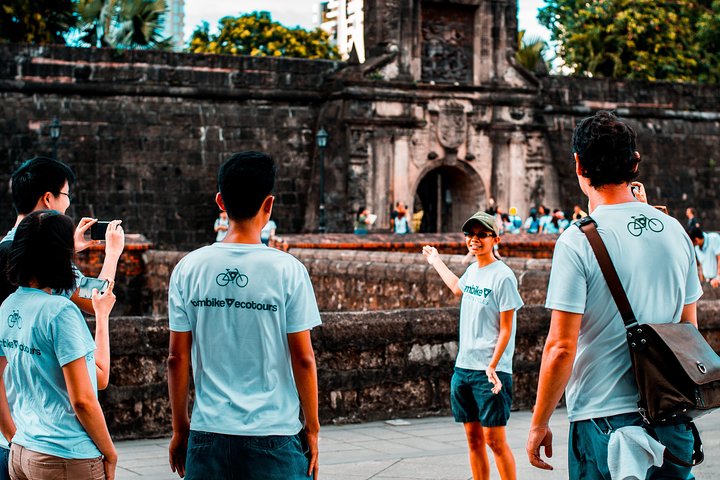Exploring Manila’s Intramuros: A Walk Through History’s Walled City
Intramuros, the historic walled city of Manila, beckoned me with its rich tapestry of history and culture. Join me as I explore its storied past, from the imposing Fort Santiago to the spiritual heart of San Agustin Church, and the charming cobblestone streets that weave the tales of a bygone era.
A Journey Through Time: The Gates of Intramuros
As I stepped through the gates of Fort Santiago, the main entrance to the historic walled city of Intramuros, I felt as though I was stepping back in time. The air was thick with history, and the cobblestone paths beneath my feet whispered tales of a bygone era. This was the beginning of my journey through Manila’s storied past, a journey that would take me through the heart of the Philippines’ colonial history.
Our guide, Richard, was a fountain of knowledge, his passion for the history of Intramuros evident in every word he spoke. He painted vivid pictures of the Spanish colonial period, a time when Intramuros was the seat of government and the center of trade. As we walked along the fortress walls, Richard shared stories of the fort’s past as a military stronghold and prison, bringing to life the struggles and triumphs of those who once walked these same paths.
The gardens within Fort Santiago were a serene contrast to the imposing stone walls, offering a moment of reflection amidst the historical narrative. It was here that I paused to consider the resilience of the Filipino people, their ability to preserve and honor their history while embracing the future.
The Spiritual Heart: San Agustin Church
Our next stop was the San Agustin Church, a UNESCO World Heritage Site and one of the oldest churches in the Philippines. As I entered the Baroque-style church, I was immediately struck by the intricately designed interiors, a testament to the artistry and devotion of those who built it.
The church’s cool, dimly lit interior provided a welcome respite from the bustling streets outside. As I wandered through the aisles, I marveled at the ornate altars and the beautiful frescoes that adorned the ceilings. Each detail told a story of faith and perseverance, a reminder of the enduring spirit of the Filipino people.
Richard’s insights into the church’s history added depth to my experience, highlighting the role of religion in shaping the cultural landscape of the Philippines. It was a humbling experience, standing in a place that has witnessed centuries of history, a place that continues to be a beacon of hope and faith for many.
Strolling Through History: The Streets of Intramuros
The final leg of our tour took us through the cobblestone streets of Intramuros, where the past and present coexist in a delicate balance. As we strolled through the narrow lanes, I admired the well-preserved Spanish-era houses, some of which have been transformed into museums, cafes, and souvenir shops.
One of the highlights was Casa Manila, a museum that offers a glimpse into the colonial lifestyle during the Spanish colonization of the Philippines. The imposing stone-and-wood structure, with its period furnishings and artifacts, transported me to a different time, allowing me to experience the opulence and elegance of the past.
As we concluded our tour, I reflected on the rich tapestry of history that Intramuros represents. It is a place where the stories of the past are woven into the fabric of the present, a place that invites visitors to explore, learn, and connect with the cultural heritage of the Philippines. For anyone seeking to understand the history of Manila in just a few hours, the Intramuros Tour is an experience not to be missed.

















































